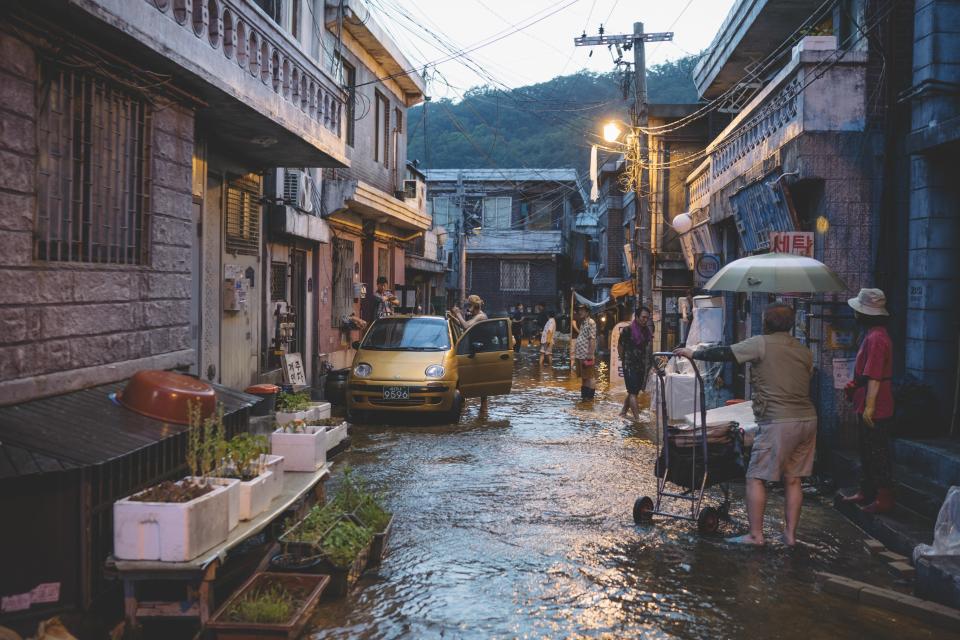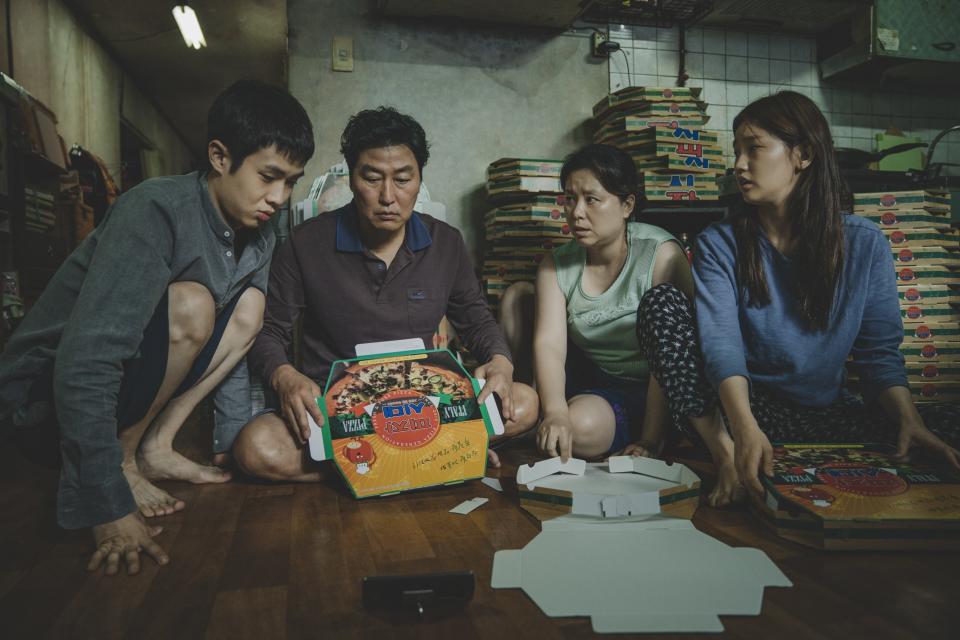Seoul Government Initiates Grant Program to Fix Apartments Like Those Depicted In Parasite
More than any best-picture Oscar winner in some time, Bong Joon-Ho’s Parasite is a film shaped by architecture. The stark contrast between the Park family’s minimal yet mysterious mansion and the Kims’ cramped, near-subterranean apartment highlights the socioeconomic disparity central to the film’s message, and the unique layout of each home sets various narrative-shaping events and plot twists into motion.
While there’s currently no evidence to suggest it’s anything other than an apt coincidence, the Metropolitan Government of Seoul recently announced its plans to provide 1,500 families living in the city’s Parasite-style subbasement apartments with funds to fix up and modernize their homes.

According to the Korea Herald, households who earn under 60 percent of South Korea’s median family income can apply to receive up to 3.2 million won (about $2,650). Issued in partnership with the Korea Energy Foundation, these funds can be used to make these subbasement apartments—known locally as banjiha—more livable. Improvements or installations covered through these grants cover changes like heating and air conditioning, HVAC systems, flood and window repairs, and the installation of smoke detectors.

Though one might assume the Kim family home in Parasite is a rare or an even exaggerated example of Seoul’s urban squalor, such banjihas are surprisingly common in South Korea. According to the LA Times, a majority of the current banjihas were constructed in the 1970s amid fears of North Korean aggression, with many hastily modified and rented out to cope with intense housing demand.
Based on 2015 statistics cited by the LA Times (the most recent available), more than 360,000 individuals or families live in banjihas. Additionally, the Korea Herald notes that more than three quarters of them are situated in the bottom 30 percent of South Korea’s income bracket.
With nearly 60 percent of the country’s banjiha located in the capital, it was perhaps inevitable that Bong Joon-Ho would draw on these cramped, dark, and poorly ventilated spaces to illustrate the desperate situation many South Koreans find themselves in at a time of heightened wealth inequality.

“Banjiha is a space with a peculiar connotation,” the recent multi-Oscar winner said during a press conference at the time of Parasite’s Cannes debut. “It’s undeniably underground, and yet you want to believe it’s above ground. There’s also the fear that if you sink any lower, you may go completely underground.”
Despite the newfound international spotlight, the Seoul government’s desire to do something about banjiha would seem to predate Parasite by a number of years. An intense 2010 flood damaged more than 9,000 of these semibasement dwellings, inspiring the municipal government at the time to consider a moratorium on further banjiha construction. But with such dwellings representing more than a tenth of Seoul’s total housing stock, simply replacing banjiha with other forms of affordable housing has proven difficult in the decade since the flooding.
Though Seoul’s current number of home improvement grants would cover less than one percent of the city’s total banjiha units, the Korea Herald notes that “the range of recipients [will] be expanded each year.” Even an expanded program likely wouldn’t be enough to usher in systemic social change, but there’s reason to believe these grants could usher in a tangible quality-of-life improvement for those lucky enough to receive them. And hopefully nobody will have to run an elaborate multifaceted con in order to get one.
Originally Appeared on Architectural Digest

